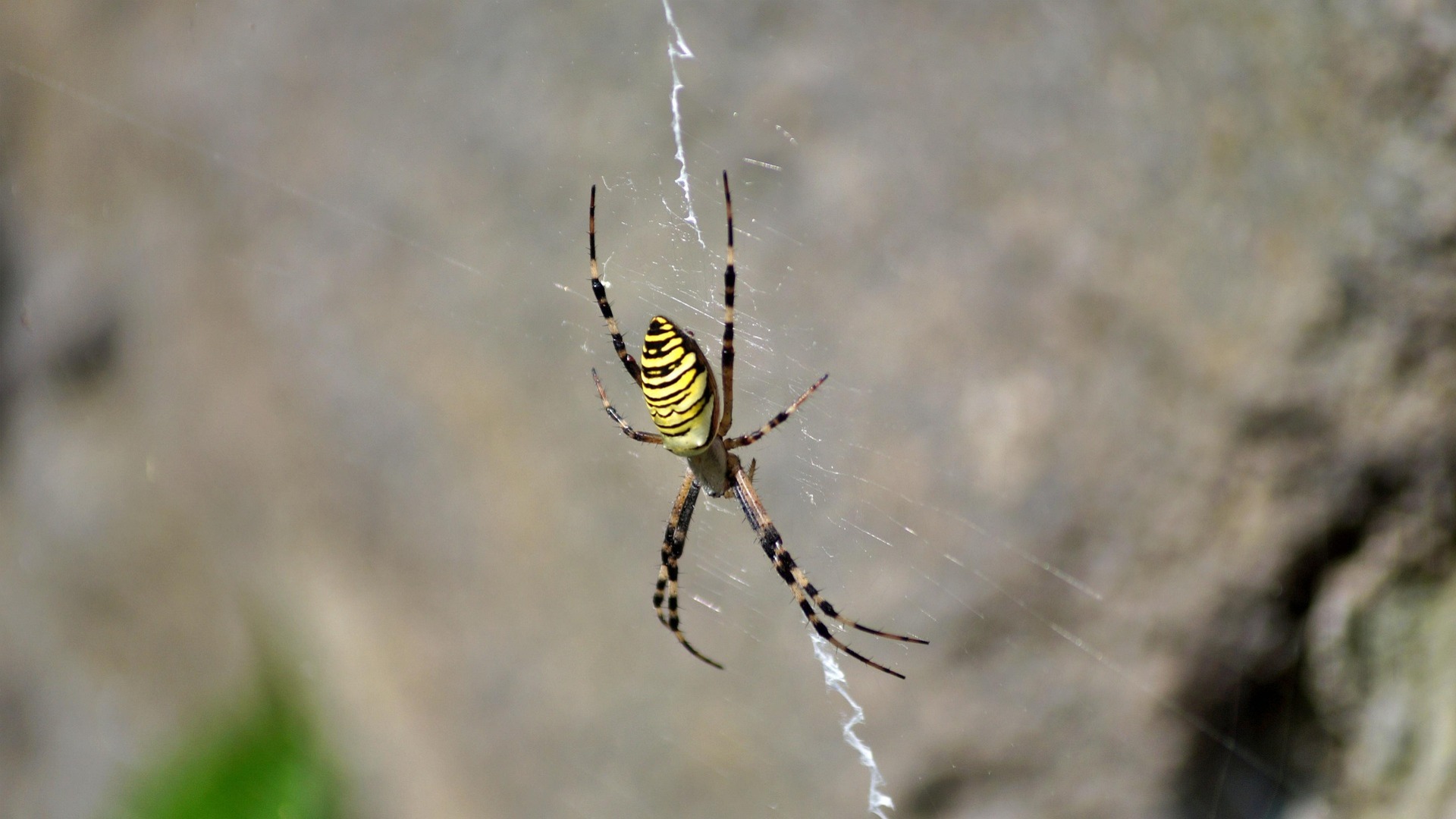Italian researchers have uncovered a remarkable alarm system woven into the silk of spider webs, specifically focusing on the stabilimenta of the spider species Argiope bruennichi. This discovery, detailed in a study published in PLOS One, provides new insights into the function of these intricate zigzag patterns that have puzzled arachnologists for decades.
The study was conducted in the forests of Sardinia over a three-year period from 2018 to 2020. Researchers from several notable European universities investigated the stabilimenta produced by different populations of Argiope bruennichi. Their work highlights that these zigzag patterns are not merely decorative; they play a crucial role in detecting prey caught in the webs.
Understanding the Role of Zigzag Patterns
Historically, scientists have been captivated by the complexity of spider webs, particularly the spiral and wheel-shaped orb webs. Many spider species incorporate these ornamental structures, leading to various theories about their function. Previous studies proposed that stabilimenta stabilize the web, protect spiders from UV rays, collect water, or serve to attract or repel prey. While some of these theories remain valid, the current research shifts the focus to the vibrations traveling through the silk.
By combining extensive field observations with computer simulations, the researchers clarified the mechanical role of stabilimenta in the webs. Their findings suggest that when prey becomes ensnared and struggles, the stabilimenta effectively transmit alarm signals across a wider area of the web, alerting the spider to the presence of food.
A New Perspective on Spider Communication
Researchers digitally imaged six different types of stabilimenta and modeled how vibrations spread through the webs. Their simulations revealed that when prey strikes the web at a perpendicular angle, the stabilimenta do not significantly affect the wave transmission. However, when prey thrashes about, the stabilimenta enhance the spread of vibrations, acting as an alarm system for the spider.
“This study reveals that the decorative stabilimentum in Argiope bruennichi webs is more than just ornament; it subtly changes how certain vibrations travel through the web,” the authors explained in a press release. The implications of this research extend beyond spider behavior, as the findings could inspire the design of new bio-inspired materials with adjustable elastic properties.
In the world of spiders, patience is vital for successful hunting. By weaving these zigzag structures, Argiope bruennichi enhances its ability to detect potential meals, ensuring it does not miss critical signals. The study underscores the impressive adaptability and intelligence found in natural designs, contributing to our understanding of arachnid behavior and ecology.
This innovative research provides a significant contribution to the field of arachnology, highlighting the importance of stabilimenta in spider communication and survival strategies.







